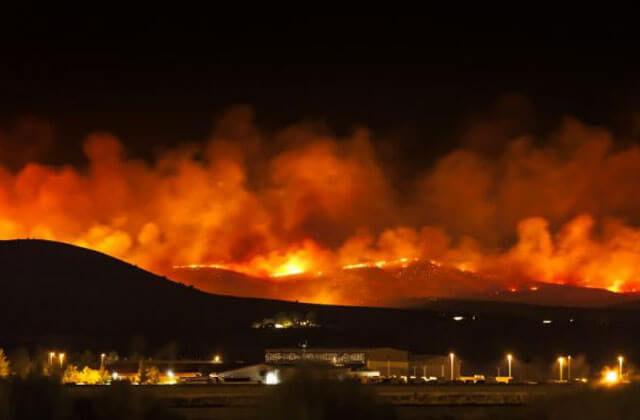I recently gave a seminar at the Australia and New Zealand Disaster and Emergency Management conference. Here is a short version of my presentation.
How drones are being used in disaster and emergency management
Responding to emergencies and disasters often requires a massive investment of cash and manpower. Even if your coffers are bottomless, human lives are priceless. This is one of the many reasons that drones are frequently used in modern search and rescue operations. In recent years, drones have been used in diverse emergencies ranging from forest fires to natural disasters like cyclones. Consider the following disasters where drones played a key role in life-saving operations:
Notre Dame Fire: Paris, France, April 2019
A devastating fire broke out in Notre Dame, an iconic cathedral in Paris. By the time the fire had been contained most of the building’s spire and roof were destroyed, and there was significant damage to religious relics and other works of art. Fire officials deployed borrowed drones to get a better sense of where the fire was located and how it was spreading. A robot helped direct the firehose and, once the flames were out, drones were used to record the damage.
Camp Fire: California, USA, November 2018
Drones played a critical role in fighting the most deadly and destructive wildfire in California history, which claimed more than 85 lives and caused $16 billion in damage. Sixteen drone teams were deployed to map the areas that were obliterated by flames, and over the course of nearly 520 flights the drones produced 70,000 images. The images were used to make an interactive map of the fire to aid planning and to help with insurance claims following the fire.
Cylcone Idai: Mozambique, March 2019
Cyclone Idai caused extensive damage to Mozambique, Zimbabwe and Malawi. With over 1000 people dead and millions affected in other ways, a major humanitarian crisis ensued following the cyclone. Many people were left stranded by the floodwaters and villagers in remote corners of the affected countries were in dire situations. National and international drone teams collected a massive amount of aerial footage for response planning, situational awareness and communication purposes. The team also used drones to find survivors and to assess damage to critical infrastructure like hospitals, bridges and roads.
In each of these instances, drones quickly and efficiently filled critical emergency management roles.
Drones aren’t currently capable of rescuing people, but they can be used to build aerial maps, to identify routes toward people who are stranded or lost and to facilitate communication between rescuers.
In the event of disasters, drones are used to assess damage to critical infrastructure and to catalogue damage to property. They are also capable of delivering supplies to people, like medicine, food, water and other resources in times of need.
Conclusion
Drones are extremely versatile and have already been successfully used in emergencies around the world. As technology improves drones will continue to keep us safe by filling critical needs that currently require manpower.
To see how a program like this would work for your organisation, we run a Strategic Flightpath workshop to help you identify possible applications to use drones within your organisation, to help to keep your people safe. If you would like help with this or with other aspects of your drone program, you can contact us at admin@mirragin.com.au.

